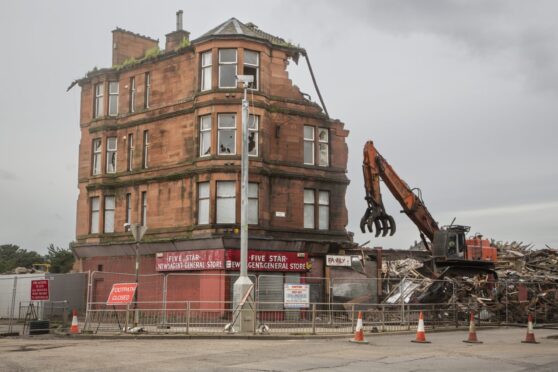
When photographer Chris Leslie started documenting the changing face of Dalmarnock, a huge transformation was coming for the Glasgow 2014 Commonwealth Games.
The area in the East End saw a new velodrome and arena, an athletes’ village and an upgraded train station replace old tenements and waste grounds.
Ten years after the athletes left and as the world’s eyes look elsewhere, Chris has taken on a six-month residency in the area for a new exhibition that will revisit the work and people he spoke to between 2007 and 2014 to examine the Games’ impact on residents.
“On the surface it looks great but it was so run down and neglected that any change would’ve been miraculous to see,” he said.
“It’s very easy to make a comparison of what it was like right up to 2011 because half of Dalmarnock was completely derelict. You had high-rises brought down to just rubble, rows of red Victorian sandstone tenements, half of them demolished because they’d been set on fire.
“Those buildings were a symbol of Glasgow’s heritage, treasured in any other part of the city but left to rot here. Everything is clearly visible, but what do all these structures mean for residents?”
Bygone days
Pre-Games, deindustrialisation had left Dalmarnock much of a ghost town, a population that once numbered about 50,000 in the 1950s had dropped to around 2,000.
Chris told stories of a community dwindling, and residents like Margaret Jaconelli, who was forcefully evicted from her flat after standing her ground long after neighbours had left.
The masterplan for the Games was for 25 years, and there is still more regeneration work including housing to come in the area.
“The biggest thing I’ve found speaking to the long-term, older residents is that the old days of Dalmarnock are long gone now,” he explained.
“Depopulation, people rehoused in other parts of the city, they’ll never get that back. But there’s the idea of trying to create a community. A lot of the new residents that have moved in don’t really know what Dalmarnock was before and can’t envision it in the 1960s and before it went downhill.
“If you ask people about the legacy of the past 10 years, part of the argument is that you need to go back to the heyday to understand how it was.
“It looked like the West End – rows of tenements full, independent shops, bingo halls, pubs, lots of people, a big industrial area. That’s completely gone now. People moving in now can’t picture what the long-term residents can remember so there’s a disconnection there. The older residents are keen to try to get some sense of community back for Dalmarnock.”
Sharing their stories
The stories collated and curated in sessions with residents form a collection of photography, film, audio and print, opening to the public next month, with talks and discussions also planned.
With the people of Dalmarnock sharing their stories, it’s only fitting that the exhibition and surrounding events are held at the heart of the community itself, at local arts charity Strange Field’s French Street venue.
A display that could easily have been held in a city-centre gallery, Chris was keen to make Beyond The Games more than just an art event.
“I’ve recorded interviews with residents old and new and put them together into a short film that will be projected at the show,” he said.
“It’s key they were involved. We’re having a panel discussion event to discuss what went wrong and what the next 10 years will look like.
“It’s vital residents are part of that and that it’s not just pictures on a wall. Having Dalmarnock voices echoing around the gallery as you walk around is really important to the whole exhibition, hearing the voices telling the stories behind the pictures.”
Chris, who has worked extensively on projects documenting Glasgow’s recent social history, including the demolition of the Red Road flats, hopes that reflecting on Dalmarnock can help inform the future as the city continually regenerates.
There is even speculation that Glasgow could step in to host the 2026 Games after Australian city Victoria pulled out over costs.
“Glasgow still seems to be stuck in the rut of build them up, knock them down,” he added. “Hopefully this changes at some point. We’re still at the stage we were in the 60s and 70s with the tenements.
“Knocking down buildings to get rid of social problems still seems to be the mantra, which is a real shame in the 21st Century in a city like Glasgow.
“Let’s hope the stuff in Dalmarnock will last, not just be knocked down in another 30 years. That would be horrendous.”
Beyond The Games runs from July 4 to July 28, visit strangefield.org

Enjoy the convenience of having The Sunday Post delivered as a digital ePaper straight to your smartphone, tablet or computer.
Subscribe for only £5.49 a month and enjoy all the benefits of the printed paper as a digital replica.
Subscribe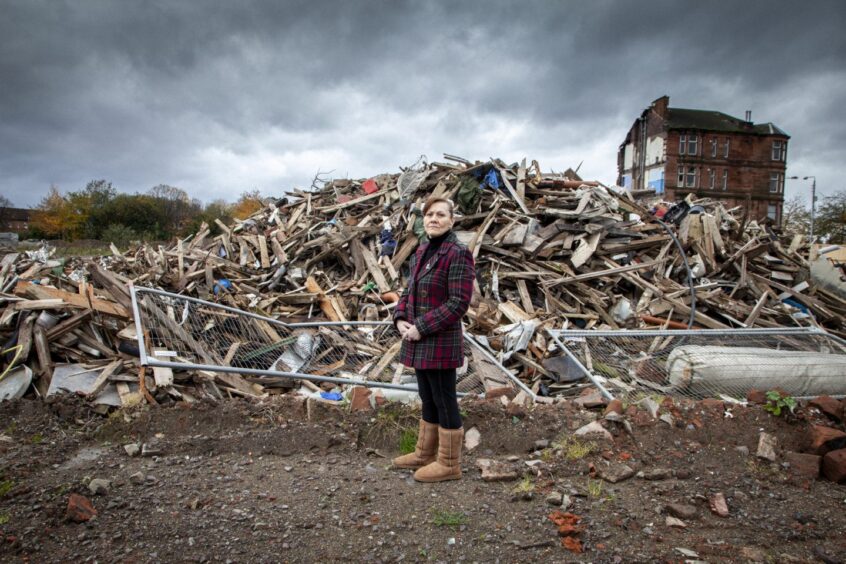
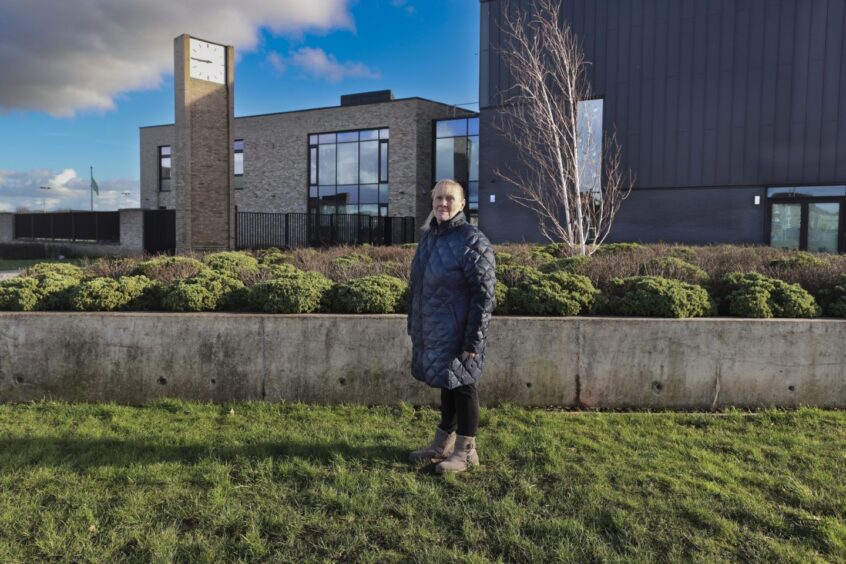
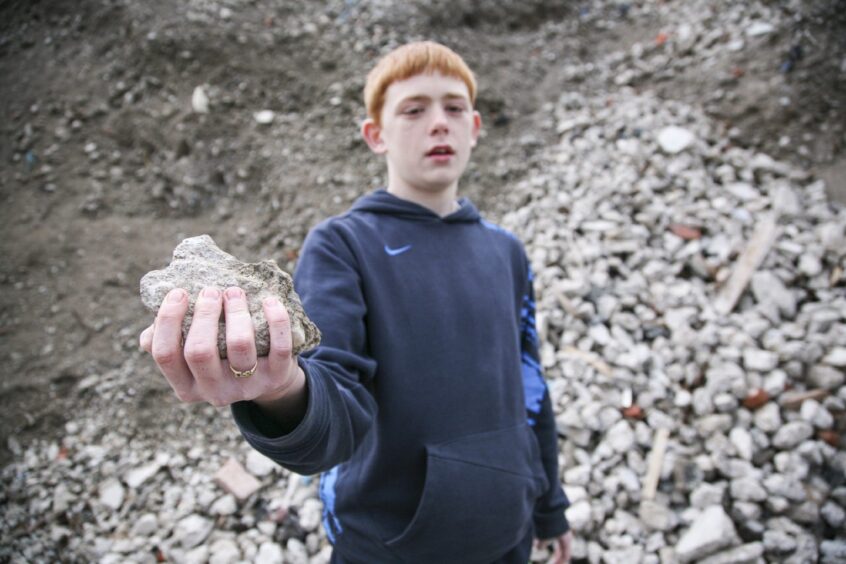
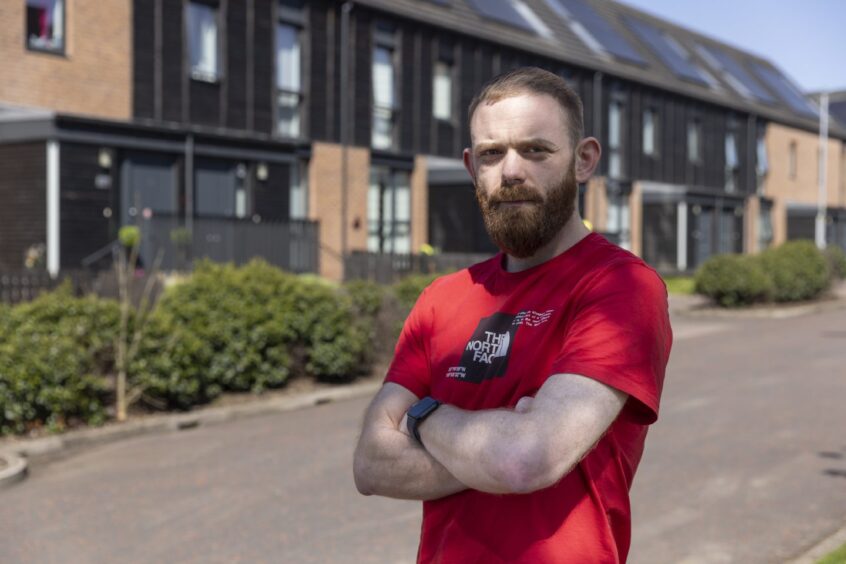
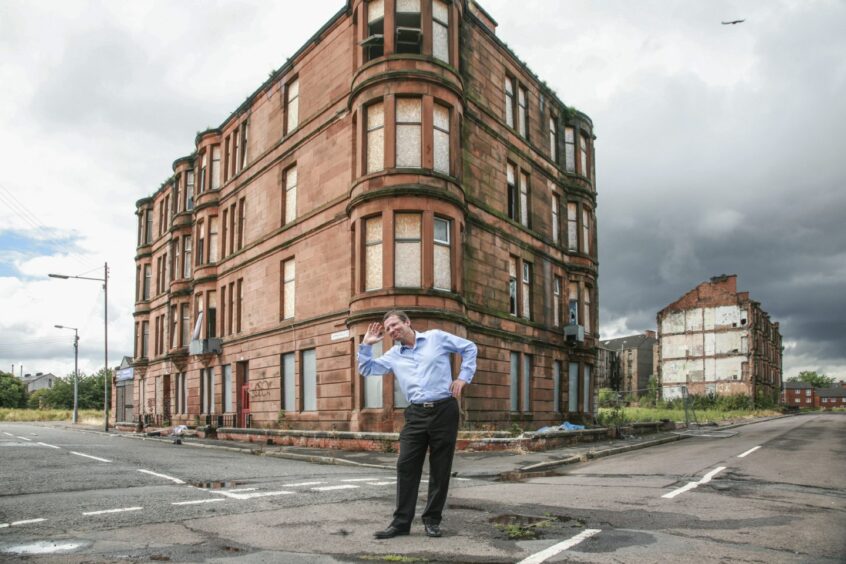 © Chris Leslie
© Chris Leslie